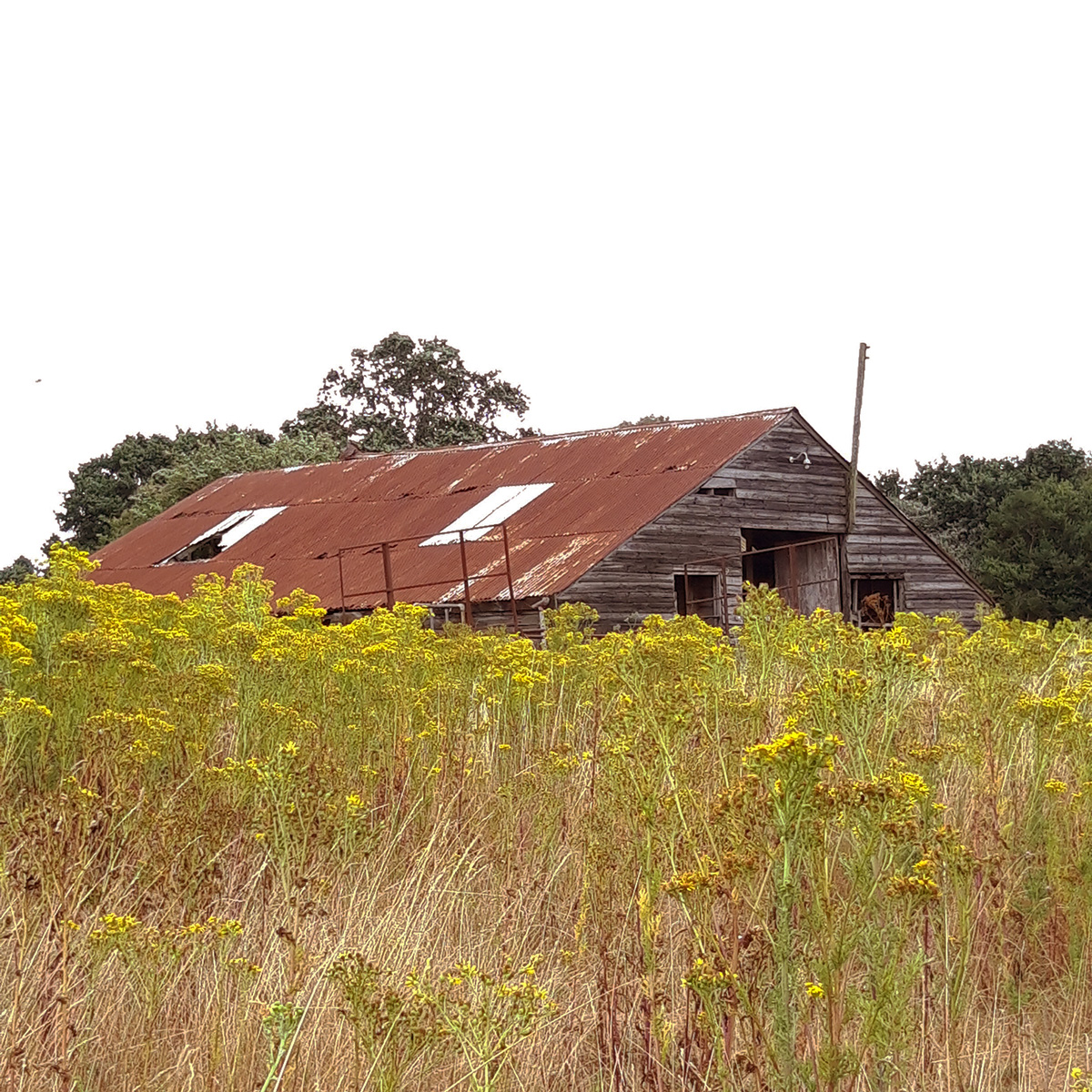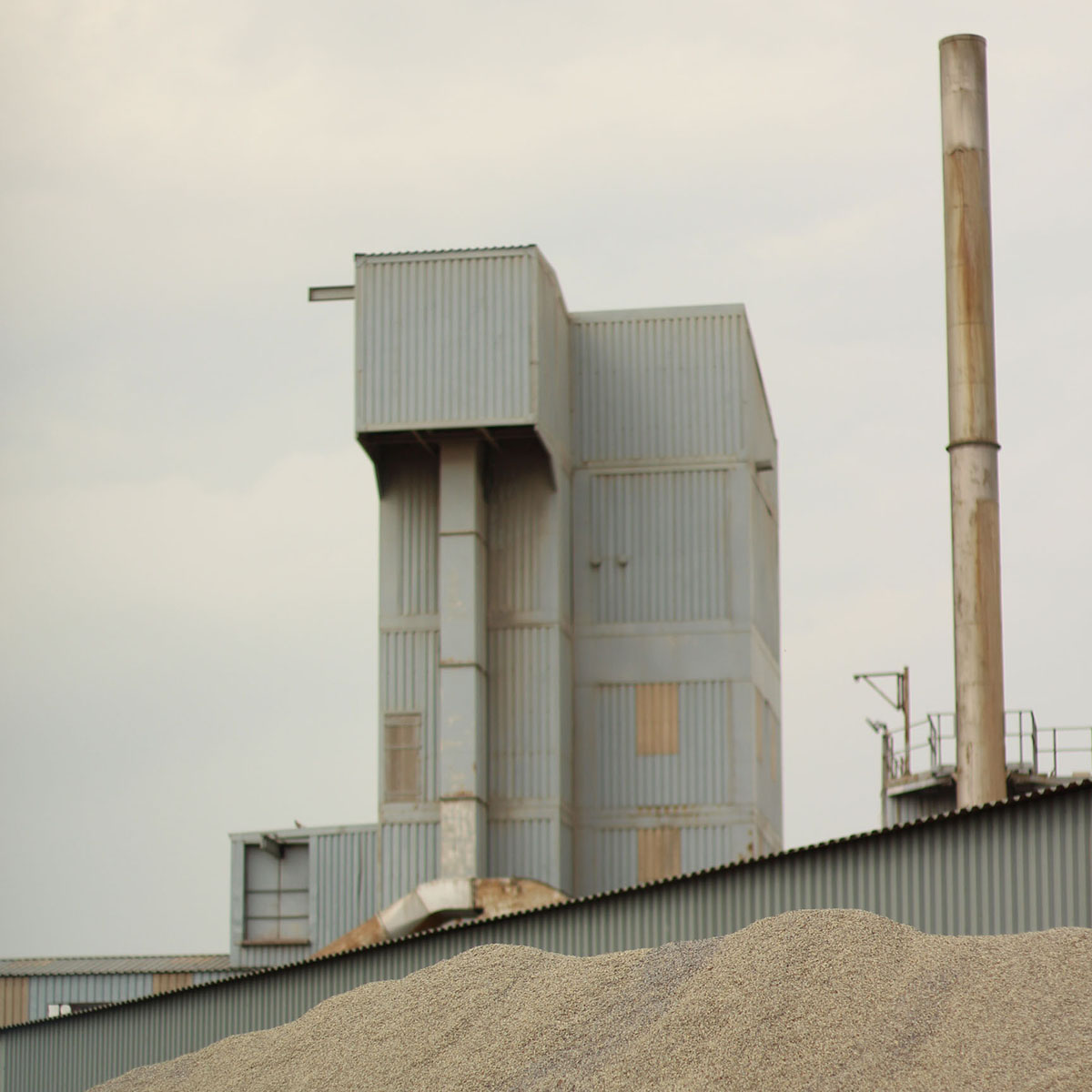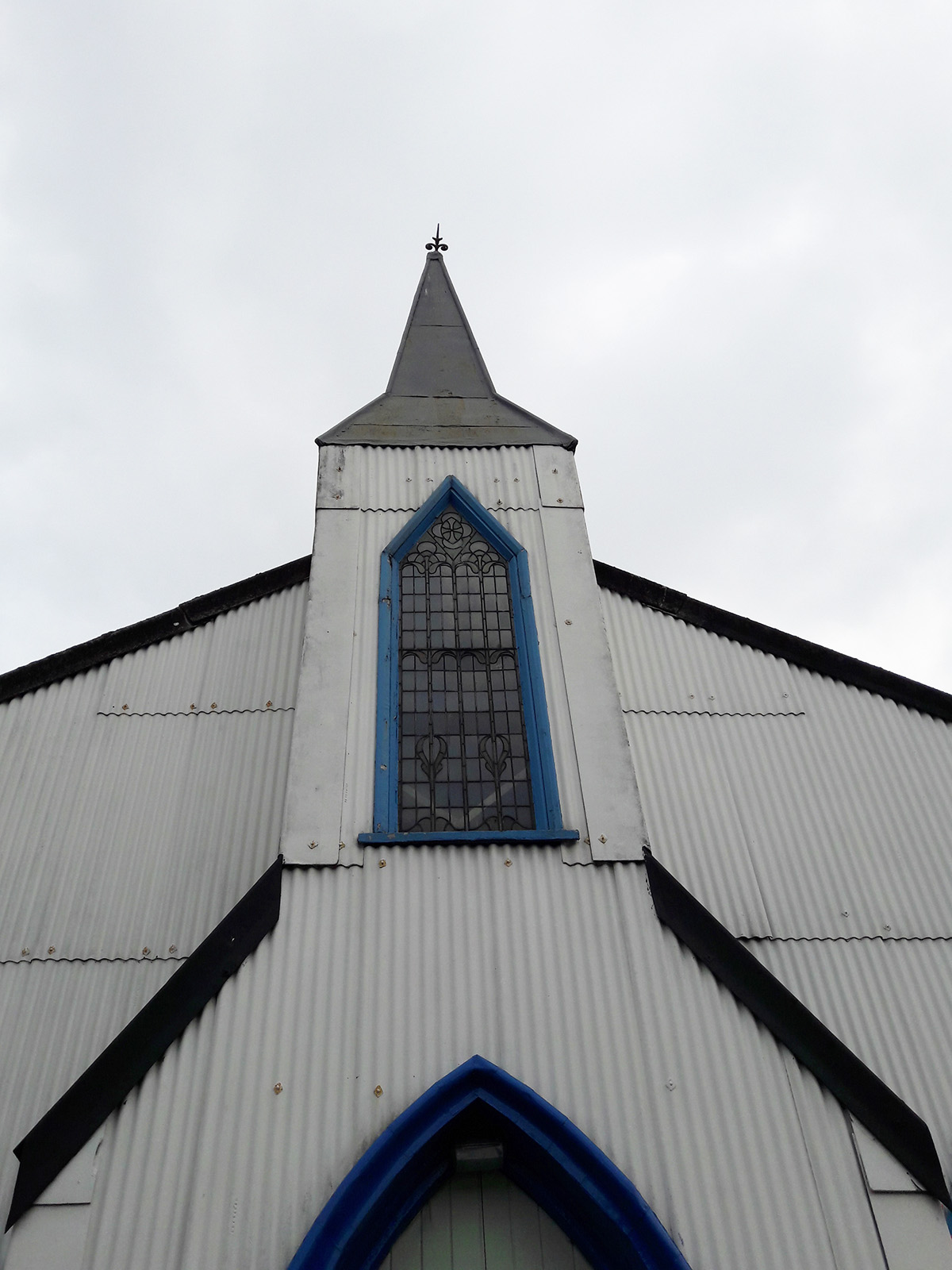Wriggly Tin
For many years now I have been taking photos of 'Wriggly Tin' or corrugated iron buildings. I have hundreds of images filed away, but here are just a handful of my favourites.
The image above is a collection of Herefordshire farm buildings, taken on a cold cloudy spring day a couple of years ago. I love the simple shapes and the soft muted colours - with a glimpse through the yard to a field of rapeseed in full flower beyond and the Malvern Hills in the far distance.
Perhaps the appeal is the anonymous vernacular feel of these structures - like children's illustrations of buildings. Or perhaps the purely functional forms - utilitarian and devoid of any ornament. Or maybe it is a romantic pipe-dream of sleeping under a tin roof with the rain drumming overhead...
These above are all very simple, humble agricultural buildings. I love the way that the materials have weathered - paint peeling, metal rusting, lichen and moss encroaching.
Clockwise from top left these are from Macon (France), Wiltshire, Herefordshire and Suffolk.
Corrugated iron was first developed in the 1820's by Henry Robinson Palmer - an architect and engineer at the London Dock Company. Lightweight, cheap, strong, corrosion-resistant, easy to transport and construct, corrugated iron quickly became widespread throughout the globe and is still in very common use today. The poetic term 'Wriggly Tin' is borrowed from British military slang.
Above here are industrial buildings - asphalt works, gravel yards, grain stores and silos, and weigh bridges. I love the scale of these and the sense of purposeful industry that they seem to command.
From top left they are in Whitstable, Thameside, Macon, Essex, Macon and Whitstable
I like the way that wriggly tin meets other materials in the images above. On the left (a Herefordshire farmyard) you see it alongside other very humble materials - plywood, breeze-block and pre-fabricated composite roller-doors. The image next to it is from a French farmyard where the wriggly tin building butts onto a much grander one with decorated gable tiles.
By far the most exotic building in my collection is also the nearest one to home. It is the 'Sight of Eternal Life' church on Shrublands Road in Dalston. Build in 1858 at a cost of £1250.00 it is the thought to be the oldest surviving 'tin tabernacle' church. The building was bought by the evangelical 'Sight of Eternal Life' church in 1971 and remains in use today.















